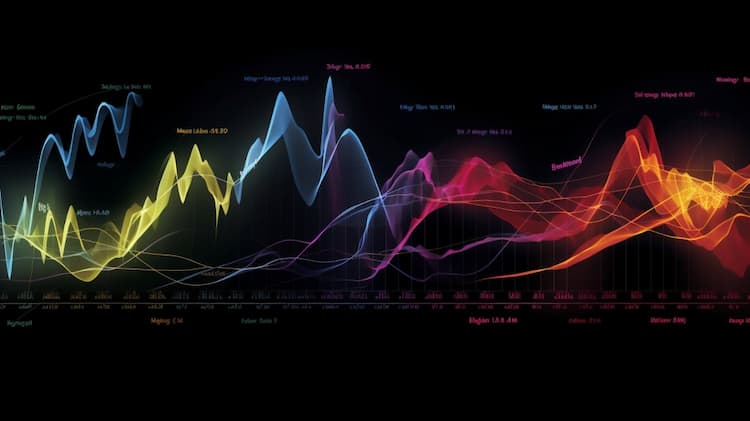
IYR VS XLRE
The world of investing has undergone a transformation with the introduction of Exchange-Traded Funds (ETFs), offering a diversified and efficient approach to gaining exposure across different sectors. In this article, we will embark on an in-depth comparison between two prominent real estate ETFs: IYR (iShares U.S. Real Estate ETF) and XLRE (Real Estate Select Sector SPDR Fund). Exploring their ETF tickers, full names, issuers, sectors, top holdings, capitalization, strategies, tracking mechanisms, and exposure will provide valuable insights for investors seeking exposure in the real estate sector.
IYR Vs XLRE: Overview
IYR and XLRE, while both belonging to the real estate sector, represent different approaches to investing in this industry. IYR offers exposure to a broad spectrum of U.S. real estate, including office buildings, residential properties, and more. On the other hand, XLRE specifically tracks the real estate sector within the S&P 500 index. This divergence in focus is crucial for investors to understand as they evaluate the potential benefits and risks of these two ETFs.
IYR Vs XLRE: Sectors and Top Holdings
The IYR ETF encompasses various sectors within the real estate industry, such as residential, retail, industrial, and office properties. Its top holdings may include well-known real estate investment trusts (REITs) like American Tower Corporation and Prologis Inc. In contrast, XLRE concentrates solely on the real estate sector as defined by the Global Industry Classification Standard (GICS). Investors keen on specific real estate subsectors should consider these differences when making investment decisions.
 IYR overlap IYR VS XLRE
IYR overlap IYR VS XLRE
IYR Vs XLRE: Capitalization and Strategy
IYR's substantial asset under management (AUM) indicates its popularity among investors looking for diversified exposure to the U.S. real estate market. XLRE, as part of the Real Estate Select Sector Index, targets performance mirroring the S&P 500's real estate sector. The dissimilarity in capitalization and strategy underscores the variance in risk and potential returns, necessitating careful evaluation based on individual investment goals.
IYR Vs XLRE: Tracking and Exposure
IYR's objective is to replicate the performance of the Dow Jones U.S. Real Estate Index, allowing investors to track the overall performance of the U.S. real estate market. On the other hand, XLRE mirrors the Real Estate Select Sector Index, which comprises real estate companies within the S&P 500. Understanding the tracking methodology and exposure can guide investors in aligning their portfolios with their desired level of real estate market involvement.
Conclusion
In the realm of real estate ETFs, IYR and XLRE present distinctive investment propositions, catering to diverse investor preferences. For those looking to delve deeper into the intricate details of holdings, correlations, overlaps, and more insights, ETF Insider serves as an invaluable tool. Featuring a user-friendly app, it offers comprehensive information on these ETFs and other financial instruments.
Disclaimer: This article is intended for informational purposes only and does not offer investment advisory services.
Sources:
https://www.ishares.com/us IYR ETF issuer
https://www.ishares.com/us/products/239520/ishares-us-real-estate-etf IYR ETF official page"
IYR quote and analysis
Discover the top holdings, correlations, and overlaps of ETFs using our visualization tool.
Our app allows you to build and track your portfolio.
To learn more about the IYR iShares U.S. Real Estate ETF, access our dedicated page now.
FAQ
Why is IYR better than XLRE?
IYR may be considered better than XLRE for some investors due to its specific focus, offering diversification.
Does XLRE beat IYR?
XLRE's performance relative to IYR will vary over time, depending on market conditions.
Should I invest in IYR or XLRE?
The choice between IYR and XLRE should align with your investment goals, risk tolerance, and desired exposure.
Are IYR and XLRE good investments?
Both IYR and XLRE can be suitable investments depending on individual investment strategies, goals, and risk profiles.
What is the correlation between IYR and XLRE?
The correlation between IYR and XLRE can vary over time, reflecting differences in performance.























